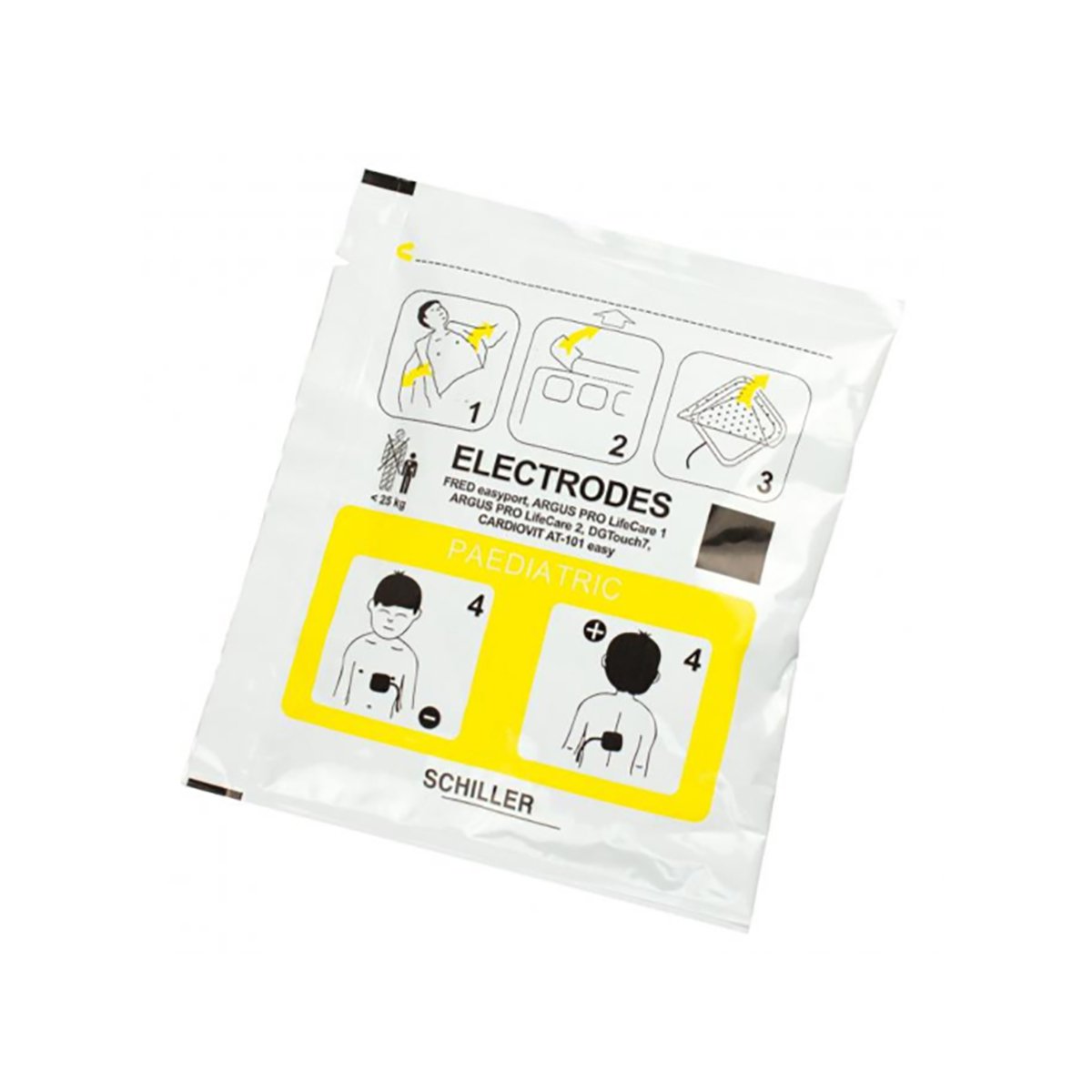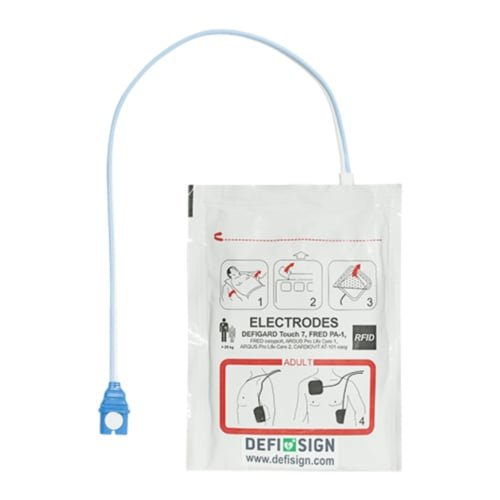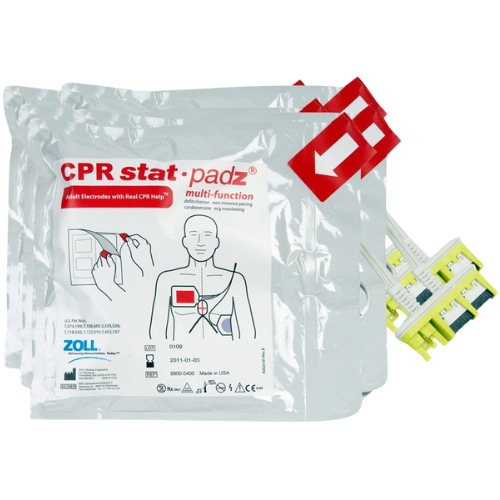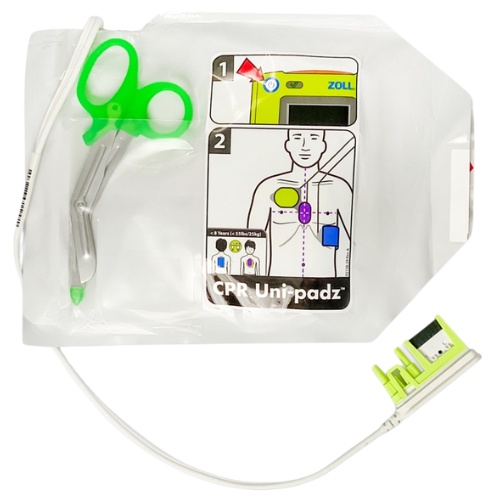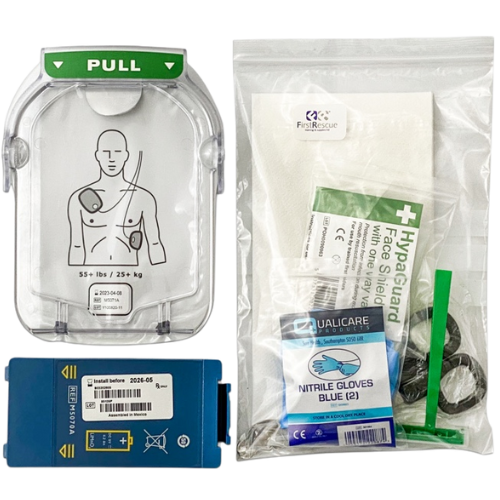Ensure Your AED Is Protected This Winter
As winter approaches and temperatures drop, it’s crucial to ensure your AED (Automated External Defibrillator) is in optimal working condition.

Proper defibrillator maintenance during colder months can save lives and prevent unnecessary equipment failures.
Here are key steps to protect your AED this winter:
Perform Regular AED Checks
Most modern defibrillators are equipped with automatic self-tests that run daily or weekly, displaying a status indicator to show whether they are ready for use. However, not all devices are connected to the internet for remote monitoring. In these cases, regular manual checks are essential. Conducting a simple weekly or daily inspection of the status indicator ensures your device is operational.Additionally, don’t overlook the condition of defibrillator pads and batteries. These components need to be replaced upon reaching their expiration dates to maintain the reliability of your AED.
Protect AEDs Stored Outdoors
If your AED is stored outdoors, it should be housed in a heated outdoor cabinet. This ensures the device remains functional despite freezing temperatures. Here’s what to check:Power and Heater Functionality: Verify that the cabinet has power and that the heater is operational.
Signs of Damage or Poor Storage: Condensation inside the cabinet or mould growth on your AED are red flags indicating the cabinet requires immediate attention or replacement.
Avoid Unheated Cabinets: Unheated outdoor storage can cause battery drain, affect the AED’s performance, and potentially void its warranty. Always invest in proper heated storage solutions for your defibrillator.
Store AEDs in Vehicles Safely
For AEDs stored in motor vehicles, cold weather can pose significant challenges. To prevent damage, move the AED to a warmer environment when the vehicle is not in use. This simple precaution can extend the life of your defibrillator pads and batteries while ensuring the device is ready for emergencies. Routine defibrillator maintenance is critical year-round, but especially during winter when extreme temperatures can compromise equipment performance.
By checking your AED regularly, ensuring proper storage, and replacing expired defibrillator pads and batteries, you’ll keep your life-saving device ready for action. Take the time to protect your AED this winter—because when emergencies happen, every second counts.
View our range of Defibrillators & Accessories:
